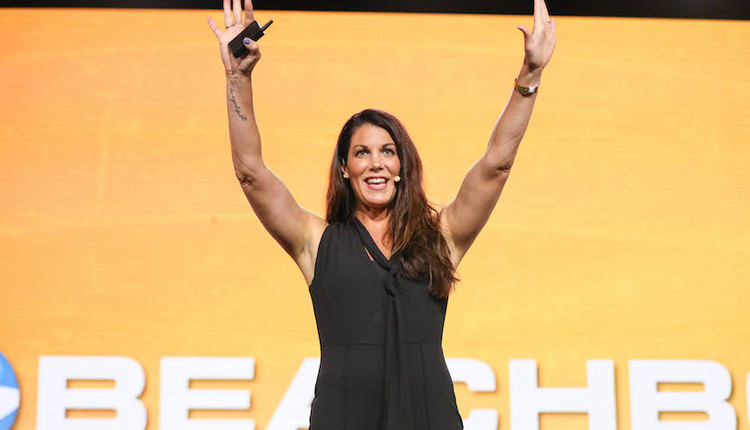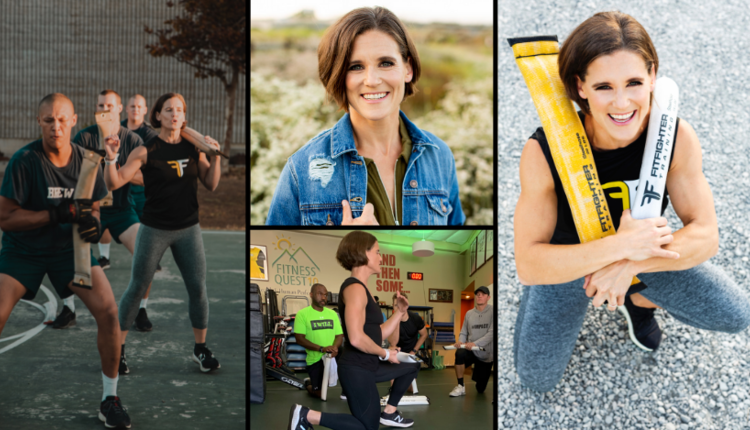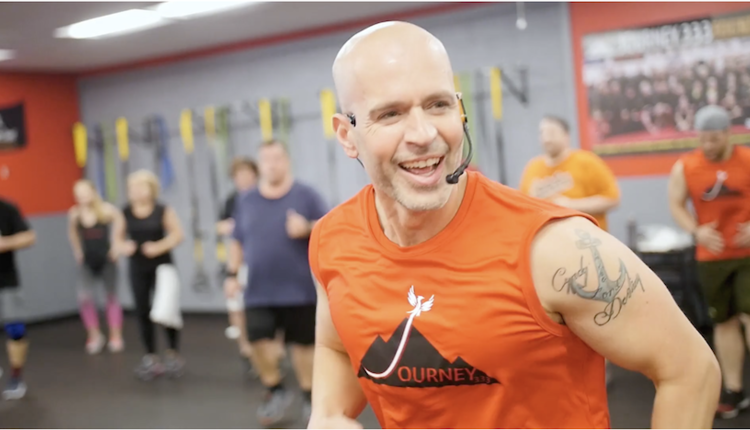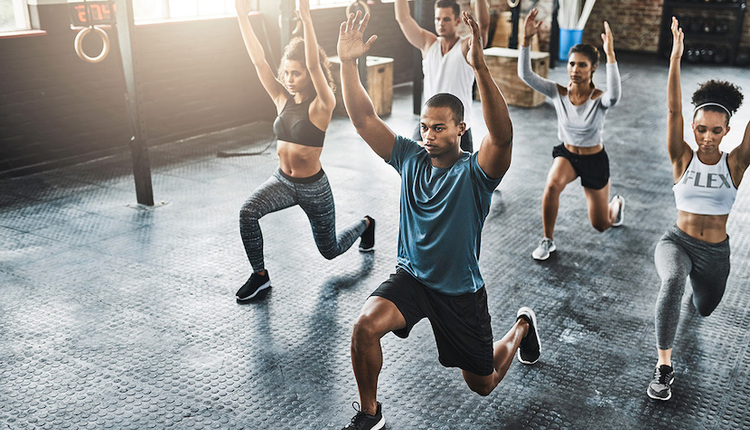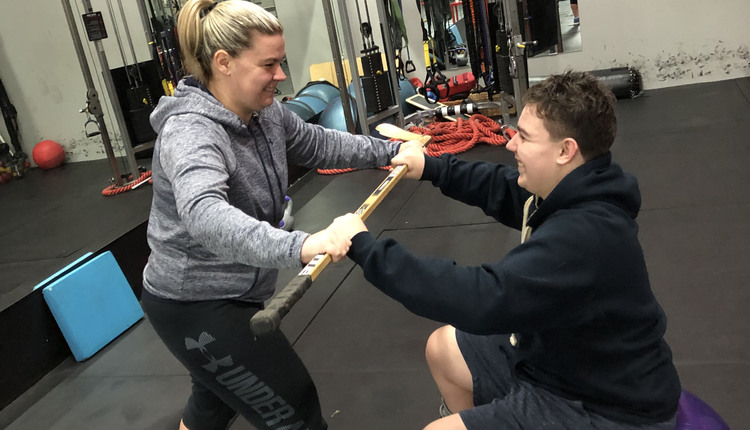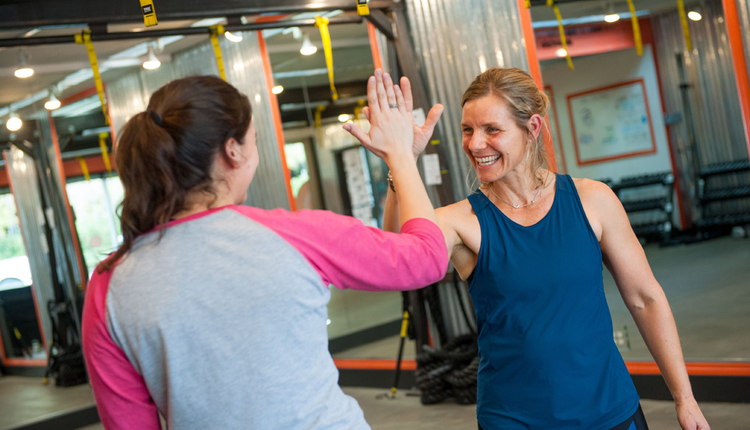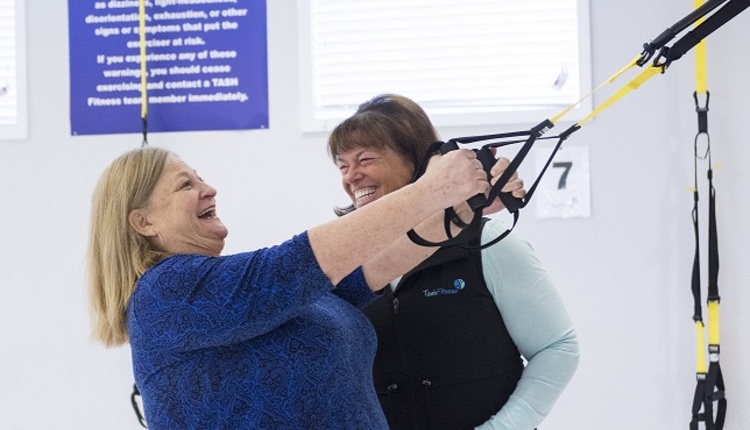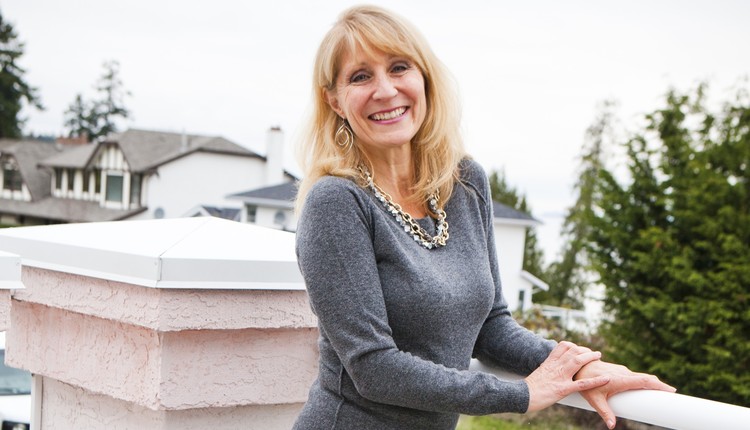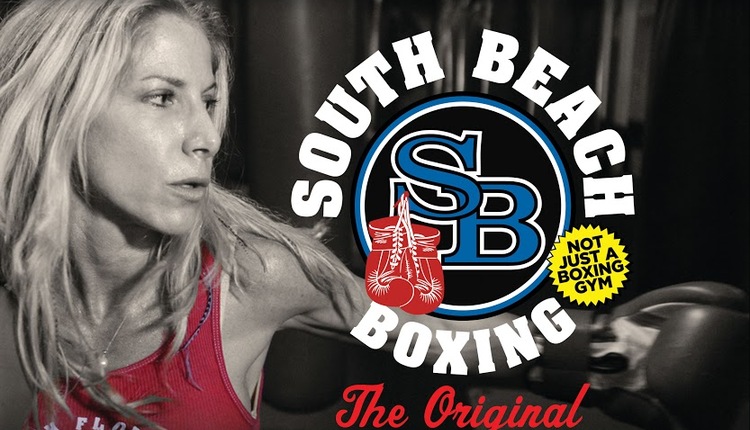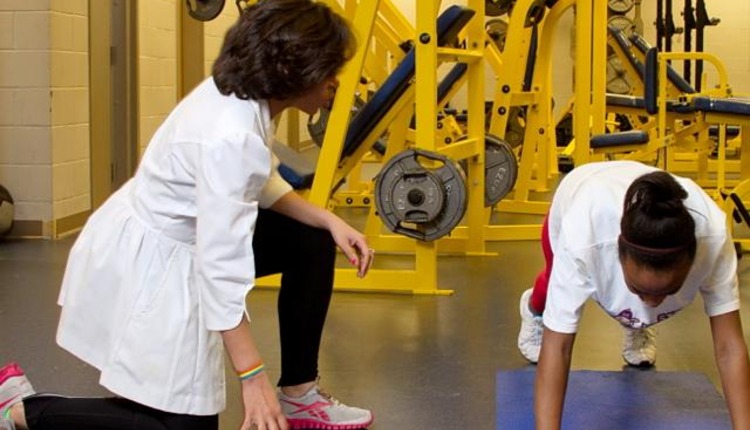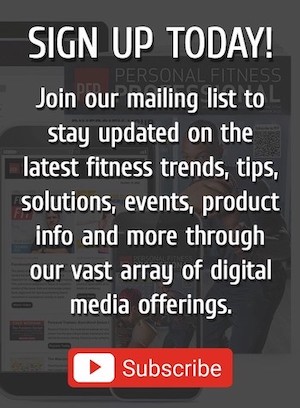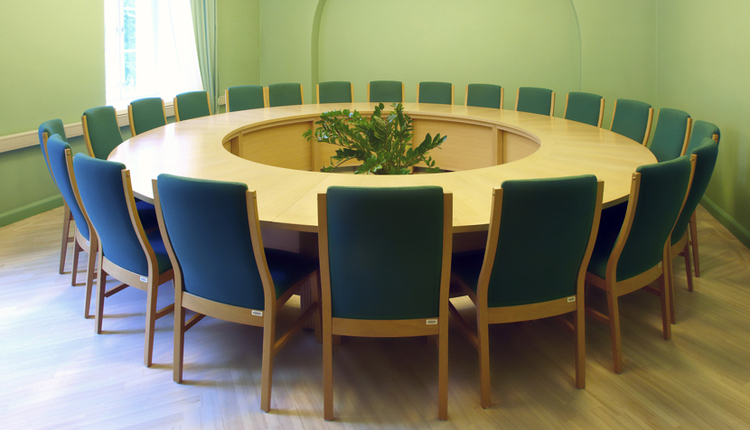1. It’s been 12 years since you were featured in PFP, where has your career taken you in that time?
Since that feature, my career has taken me deeper into my mission focus, which is on teaching trainers how to design programs that are both evidence-based and practical, bridging the gap between research and the realities of the gym floor.
I’ve published more books, created educational products on movement assessments that matter and practical program design, spoken at numerous conferences around the world, and — most importantly — continued training real clients. Staying in the trenches keeps my work honest and relevant.
ARE YOU A PFP SUBSCRIBER? IT'S FREE! CLICK HERE TO SUBSCRIBE.
2. What’s the most significant shift you’ve seen in the fitness industry over the past 12 years?
The biggest shift has been the rise of social media as the primary education — and misinformation — hub for trainers and clients alike. On one hand, access to information is better than ever. On the other, there’s more noise and confusion than ever. This means trainers have to become better critical thinkers to separate solid information from clickbait. The good news is that this shift has created more opportunity for those who focus on quality over popularity.
The challenge now with social media isn’t just getting noticed — it’s standing out for the right reasons: getting the most attention vs. making the most impact. The trainers who succeed today are the ones who can cut through the noise with clarity, honesty and proven methods.

3. How have you stayed relevant in such a fast-evolving industry?
By staying curious and adaptable. And, by sticking to my principles:
- Train real people — not just post on social media.
- Stay curious — read research, learn from others and be willing to update my views.
- Focus on what matters — client results and professional integrity.
I evaluate new methods, tools or ideas against the science, against my experience, and against what’s realistic for most trainers to apply with their clients.
My loyalty is to results, not to specific tools or philosophies. I’m constantly reading research, testing ideas in the gym and listening to other professionals — whether they agree with me or not. I don’t chase “what’s hot,” but I do stay aware of where the industry is going so I can meet trainers and clients where they are, then help them level up.
4. What trends or tools do you think trainers should be paying attention to right now?
In 2000, trainers were standing on wobbly things. In 2008, trainers were holding a Kettlebell like it was their firstborn child in their Facebook profile pic. In 2015, trainers were doing barbell deadlifts in their profile pic. The current trainer trend is mobility exercises and self-applied therapeutic modalities.
It's no coincidence that once barbell-based lifting got popular again, it was quickly followed by a high demand for mobility and injury prevention modalities because many strength training enthusiasts experience joint pain, prolonged soreness and have injuries that refuse to heal.
This isn't saying the barbell is dangerous or bad. It's simply saying that people commonly make two mistakes when it comes to being serious about lifting. In that, they 1) mistake the fundamentals of powerlifting for the fundamentals of strength training, which leads to them to 2) fitting themselves to exercises instead of fitting exercises to them.
I'm not talking about competitive powerlifters, O-lifters or Cross-fitters because those aren’t about health. Those are sports in which you're forced into training a certain way, and come with risks athletes are willing to sacrifice their body for.
I’m talking about serious exercisers/lifters who are constantly having to manage pain and injuries with all this extra mobility and therapeutic work. If that’s the case, instead of looking for more ways to roll, stretch, mobilize and activate yourself into a near coma, you need to re-evaluate what you’re doing in your workouts. This is because you shouldn’t feel like you have to do endless mobility drills, soft tissue work, etc. or some type of a mini-physical therapy session before you workout just to feel semi-normal.
Your workouts should be your medicine, not be what you keep needing medicine for.
I've spent years getting clients and athletes stronger and fitter, while doing workouts that would bury most so-called "hardcore" lifters, without needing to do so much extra therapeutic work to feel good and stay healthy because my programs are based on fitting exercises to you, not fitting you to the barbell. And, my programs prevent the common deficiencies from occurring others need extra work to fix.
5. Looking back, what advice would you give your younger self in the fitness industry?
Be a lighthouse, not a courthouse.
Spend less time trying to “win” arguments online and more time refining your skills in real-world settings. Relationships, integrity and consistent results will open more doors than any single marketing trick or social media post ever will.
6. What keeps you passionate about your work today?
I don’t have to “manufacture” motivation because I genuinely love this stuff — doing it, talking about it, debating it, learning about it. I’m always evaluating what I do, looking for ways to refine my craft and make it better.
I love this stuff! I love talking about training, debating training, reading about training, etc. I’m always evaluating what I do because I’m in a relentless pursuit to find better ways to help my clients.
I like to say, “Sometimes teaching — Always learning.” I’m constantly learning, testing and refining. Every session, every article, every discussion or debate sharpens my skills. That constant pursuit of “better” is what keeps me fired up year after year.
Plus, I know that when I help a trainer think more critically, design better programs and keep their clients happier, the ripple effect is huge. I get to be part of someone’s career growth, their client’s experience, and, in a small way, their journey. That’s a privilege I don’t take lightly.







